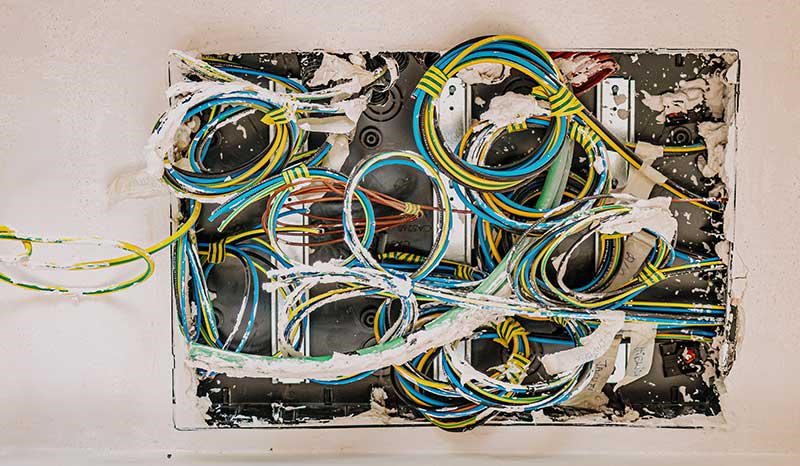Table of Contents
Indoor electrical wiring can be troublesome and dangerous. In order to control hazards, you must first manage and protect them well. Learn how to manage those electrical wires for a safer environment.
What Kinds of Electrical Wire Are Used in The House?
When it comes to trying to manage indoor electrical wiring, most of the time you probably ignore the concept, and your wires are left to do their own thing in the background. However, did you know that different kinds of electrical wires are being used all over your house right now, each one doing something completely different to ensure a smooth running circuit throughout? That’s what we’ll discuss today for you to wrap your head around.
There are three types of electrical wires used in every cable that needs to be plugged into an outlet in your house. Each one is color-coded to help the less experienced understand which one they’re looking at. You might not think you need to know, but the more you do, the safer you’ll be if ever a time comes that you are presented by one of these wires and need to know what it does.
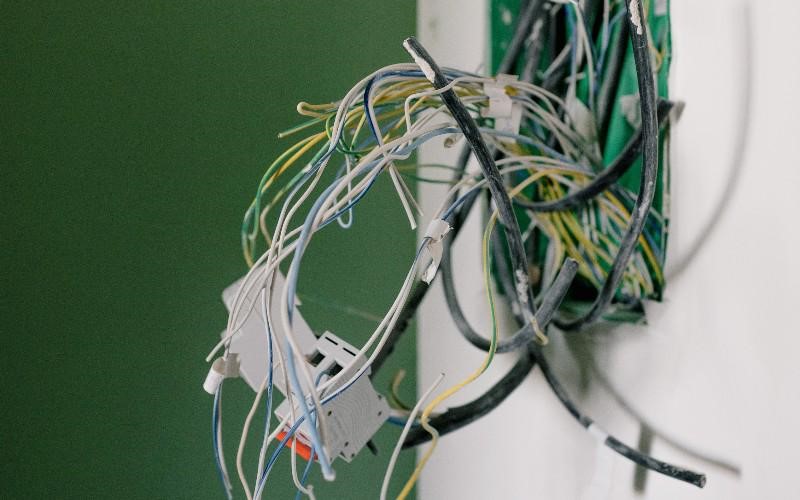

1. Neutral Wire
The neutral wire is color-coded white and is responsible for completing the circuit overall. It carries the current back out of the other wires and into the wall and is what gives you the power to use your electronics.
2. Hot Wire
These are color-coded to be a striped black and red pattern. They are called hot wires because they carry the electrical current from the panel to the device that needs the power. Every single device in the house needs these to operate, whether it is a light switch or an appliance. These are the most dangerous wires in the circuit when live.
3. Ground Wire
These are color-coded in a striped pattern of bare and green. The purpose of a ground wire is only to be used when the rest of the circuit experiences a ground fault. They will then create a route for the current to return to the breaker in your house, which in turn blows the fuse, and turns off electricity. That might sound annoying, but they’re vital to prevent much worse problems in the circuitry.
How To Organize the Electrical Wiring at Home?
Every electrical wire that is part of a cable can be quite a handful to organize and keep tidy if you don’t keep on top of them. Being long, thin, and lightweight, they can easily twist and tangle into impossible knots that seem to never be undone again. There are a few ways that you can organize your electrical wiring though and a few reasons to do so.
The most important reason for organizing them is to make sure that the wires stay working safely and effectively. Any tangles in the wiring can lead to faults and exposed wiring over time. It also makes it easier for you to handle them, as there can be nothing more exhausting than trying to undo a wire that’s tied itself into a tight knot.
1. Cable Strips
You can usually buy these from your local hardware store and they work wonders for keeping your cables and wires neat. They can be stuck to a wall and are used as hooks to keep your wires from being thrown all over the place.
2. Cable Station
These are a little mini station made of plastic that allows you to thread your wires through and keep them neat. They’re most effective on a work desk for your computer wires.
3. Zip Ties
Zip ties are cheap and easy to come by. You can also buy hundreds at once, meaning you’ll probably never have to worry about them again. They’re simple and effective at organizing your electrical wiring too and can be cut down to a suitable size so you don’t have excess plastic flying out all over the place.
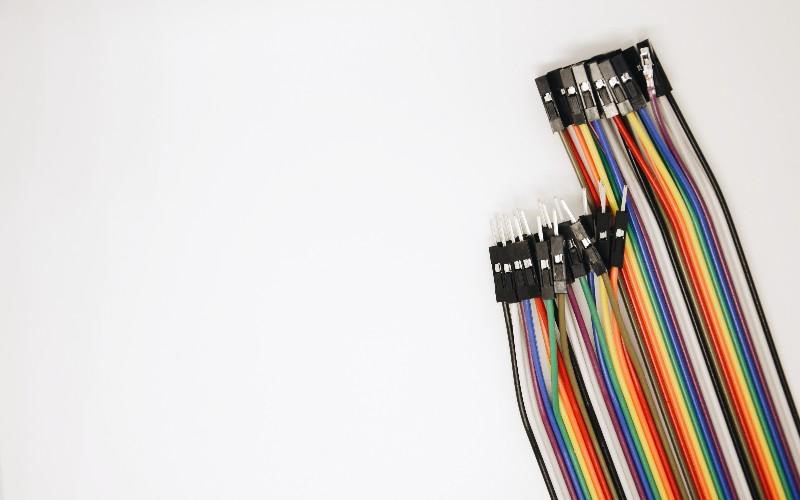

How To Protect Electric Wire?
Protecting your wires is the most important step in trying to manage indoor electrical wiring and should be encouraged in all households to ensure safety and optimum performance. If left unchecked, your wires can end up frayed and exposed, leading to ruined appliances and devices that will need an electrician to come out and fix. It can also lead to much more serious issues, like house fires if you’re not careful and have too many wires exposed in one area.
There are several ways you can protect your electric wires in your home. Some of the ones listed above can work wonders at protecting them from exposure to mess and other wires, but there are more specific ways you can protect them to avoid damage completely.
1. Reinforced Plastic Bindings
These are used to group cables so they don’t entangle with one another and are a good start at protecting them from light damage.
2. Braided Sleeving
These sleeves are made to be flexible from polyamide fibers and are excellent and dealing with heat and abrasion damage in your electrical wires.
3. Cable Ducts
Ducts for your cables can be made of anything from plastic to metal to concrete and act as a way to protect your cables from mechanical and environmental damage. They are very heavy-duty, just like PTFE conduits.
4. Plastic Conduits
Plastic conduits are designed for lighter mechanical and chemical protection in your cable. You can get these to be flexible or reinforced with a metal sleeve, depending on the type of wire you are trying to protect.
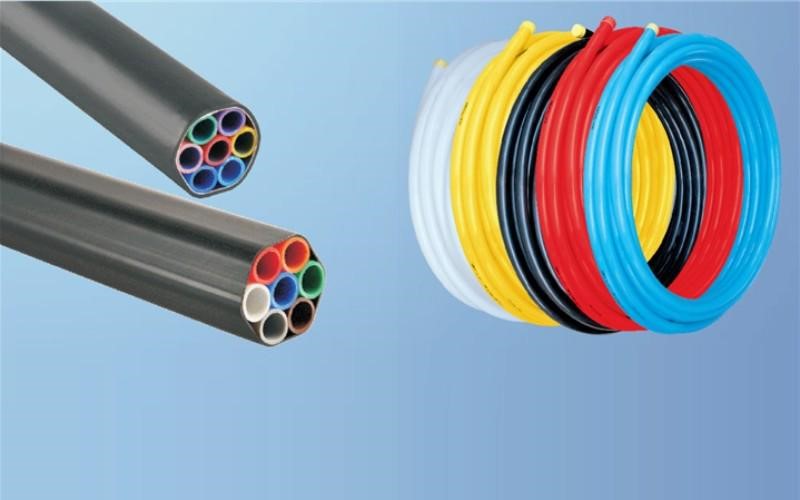

Summary
Hopefully, we’ve helped you to understand the importance of keeping on top of how you manage indoor electrical wiring. Of course, there are plenty of other ways you can organize them and protect them yourself, we only covered some of the most important ones. You can always try out LESSO’s Power Supply and Telecommunications Pipes as a way of keeping most of your electrical wires from harm and keeping them secure.
Recommend Reading
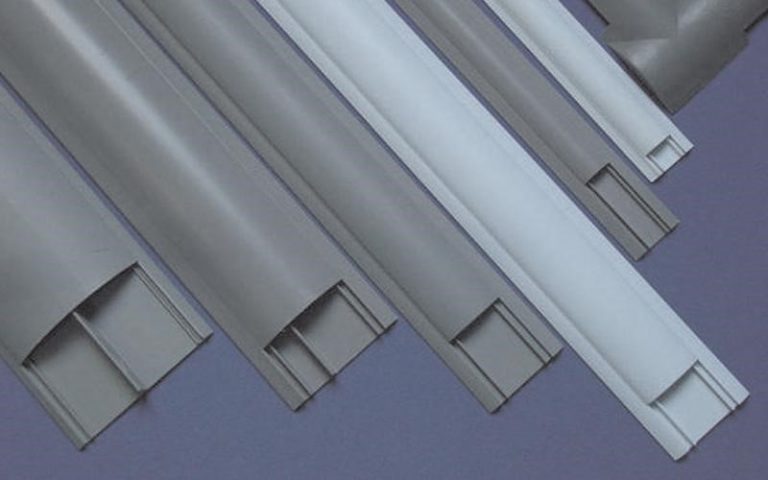

The Varieties of Electrical Conduits
Table of Contents If there is any development that has helped to change the way we live our lives, it’s the advent of electricity. Electricity
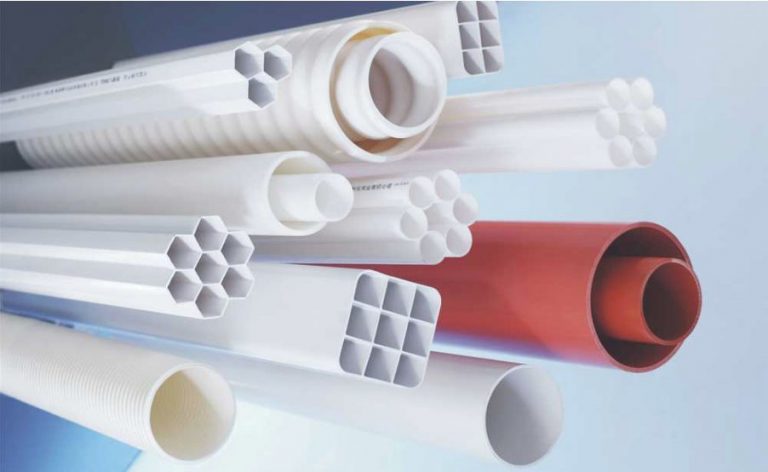

An Introduction to Electricity and Communications Piping
In today’s world we rely on electricity and communication services daily but how much do we understand them? After all, we might know that electricity


